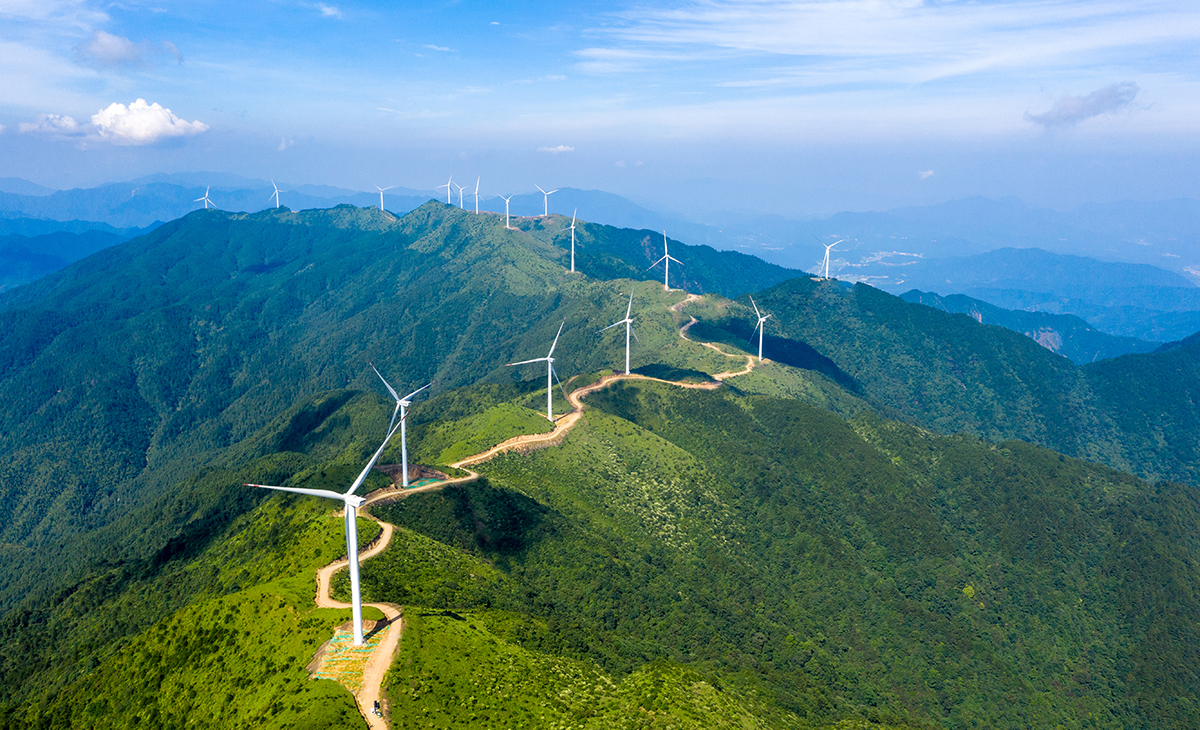In Short : The International Energy Agency (IEA) emphasizes that achieving net-zero emissions requires more than just relying on solar energy, wind power, and electric vehicles (EVs). While these technologies are essential, the IEA underscores the need for a comprehensive approach, including enhancing energy efficiency, developing innovative technologies, and transitioning sectors like heavy industry and aviation. Policy support, investment in research and development, and international cooperation are crucial to address the complex challenges associated with achieving net-zero emissions globally. The IEA’s statement highlights the importance of a multifaceted strategy to combat climate change effectively.
In Detail : Investment in the green transition needs to include infrastructure, low-emission fuels and energy efficiency, according to the International Energy Agency (IEA), amid the “unstoppable” shift to clean energy.
In its World Energy Outlook 2023, published on October 24, the IEA stresses the need for a “balanced mix of investment” in addition to clean energy technologies.
“A net-zero energy system cannot rely only on solar, wind power and electric vehicles,” it said. Investment in such technologies “needs to be complemented by larger, smarter and repurposed infrastructure networks” and technologies to capture carbon.
The report finds that grid infrastructure investments are lacking. “The time required to obtain grid connections can take several years and appear to be increasing rather than shrinking,” it says, adding that “this is hindering current projects and risks choking off new ones”.
Meeting net-zero targets by 2050 requires $21.4tn-worth of investments in grids globally, and more than doubling their collective length, according to BloombergNEF.
Meanwhile, investment in energy efficiency “remains well short of what is needed” under the IEA’s announced pledges scenario and net-zero emissions by 2050 scenario. The IEA splits its outlook into three separate future situations: the stated policies scenario; the announced pledges scenario; and its net-zero emissions by 2050 scenario.
The report highlights that high performance standards for efficient heating and cooling in buildings presents “a huge opportunity to limit future strains on energy supply and emissions”. Yet, it notes that relatively few emerging markets have energy efficiency building codes, with India being a notable exception.
“Investment in low-emissions fuels is another area where more is needed: it is increasing, thanks to increased policy support for areas like low-emissions hydrogen and carbon capture, usage and storage, but from a very low base,” it adds.
“The transition to clean energy is happening worldwide and it’s unstoppable. It’s not a question of ‘if’, it’s just a matter of ‘how soon’ — and the sooner the better for all of us,” IEA executive director Fatih Birol said in a statement accompanying the report.
“Governments, companies and investors need to get behind clean energy transitions rather than hindering them,” he continued.
Under the IEA’s net zero emissions by 2050 scenario, advanced economies are set to more than double their clean energy investment by 2030, while green investments in China are expected to nearly double from their current level. In developing economies, it is predicted that investment will rise by a factor of five from its current levels, according to the IEA’s net-zero scenario. Previously, the IEA highlighted the risk of widening a clean energy divide between developed and developing economies.
Elsewhere, the IEA’s outlook also highlights that the higher-interest-rate environment globally has increased financing costs for energy, particularly on capital-intensive clean energy technologies. This in turn adversely affects developing economies which are struggling more with rising costs.
“A combination of policy reforms and de-risking measures, including revenue guarantees, first loss guarantees and currency hedging, is needed to address real and perceived project and country risks,” it advises.
By 2030, the IEA estimates that under the stated policies scenario, total energy investment globally will rise to $3.2tn, which is 15% higher than estimated levels for 2023 ($2.8tn); under the announced pledges scenario, it will rise to $3.8tn; and under the net-zero scenario total energy investments will hit $4.7tn.
For every $1 spent on fossil fuels, $1.80 is now being spent on clean energy, the report says. Five years ago this ratio was 1:1.
Still, the IEA report also warns that in spite of consumption of coal, oil and gas peaking by 2030, demand for fossil fuels is set to remain too high to keep within reach the Paris Agreement goal of limiting the rise in average global temperatures to 1.5°C. Under its stated policies scenario, the world’s temperature is projected to rise to 1.9°C in 2050 and 2.4°C in 2100.

